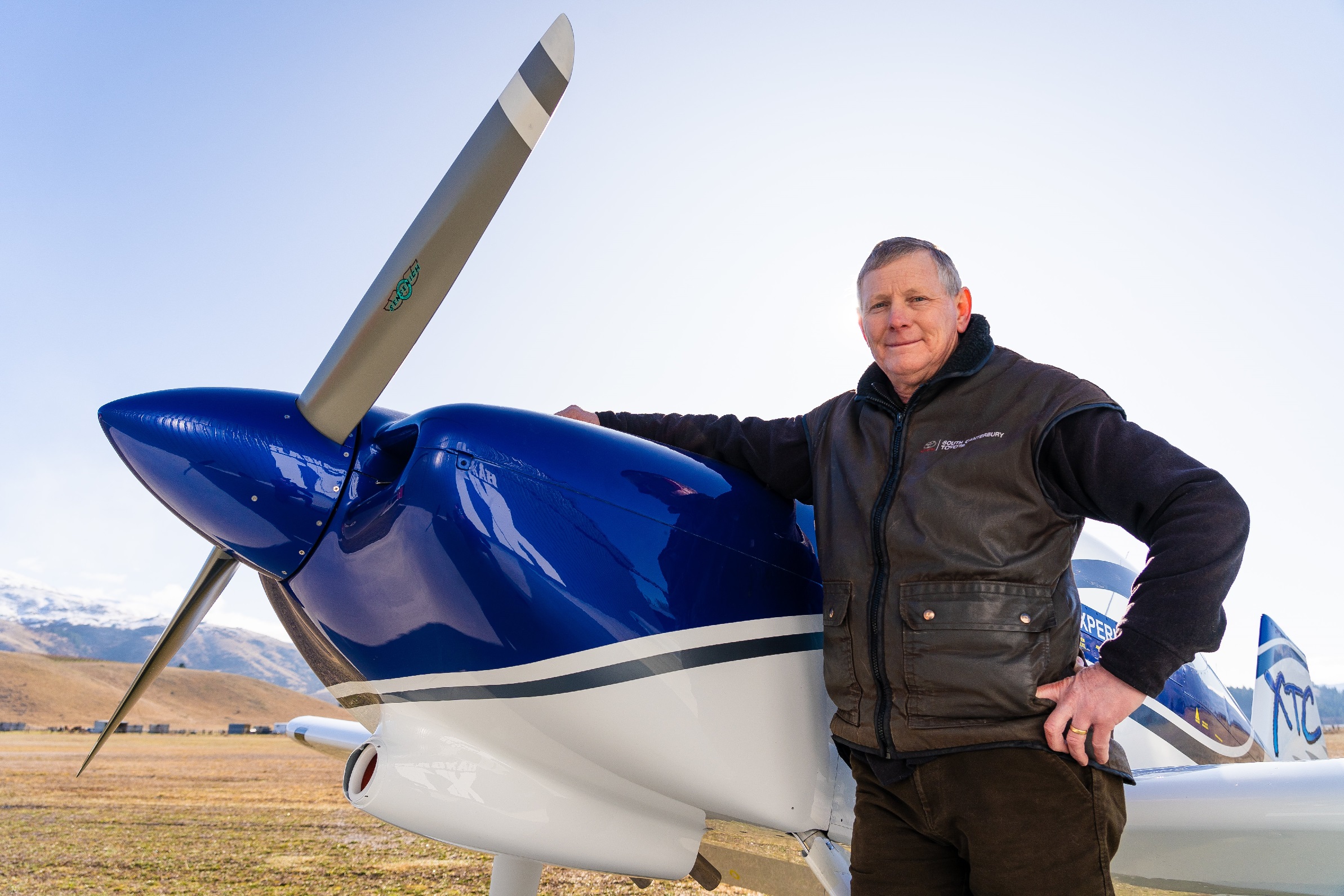An aircraft engineer and recreational pilot, Mr Evans began the project in 1995.
Earlier this month, the Vans Aircraft RV-6 was officially cleared for takeoff by the Civil Aviation Authority.
"I’m over the moon," he said.
The two-seater plane - which cruises at 270kmh, can perform aerobatics and flies for four hours on a single tank - has been both a labour of love and a learning experience.
"When I was engineering, I saw a couple of colleagues who had built aeroplanes and when you’re in the aviation industry, you’re always an enthusiast because that’s the nature of the beast.
"I had another friend who built one of these aeroplanes many years ago ... and he let me go and fly it and I thought, ‘holy smokes, this thing really is a nice aeroplane to fly’, so with a bit of enthusiasm I launched into it."

Anticipating it would take five years to complete, he was taken with the concept of funding himself into "a cheap aeroplane".
However, his initial $50,000 budget more than doubled, and while making the plane’s basic structure wasn’t a hard task, the build came with its challenges.
"I’ve always enjoyed sheetmetal work, and I’ve rebuilt a lot of aircraft that have had accidents over the years, so, from that perspective, it was something that I really enjoyed.
"The physical challenges were fitting out the electrical and avionics and instrumentation side, because it’s something that you don’t normally really get to do."
But the biggest hurdle was maintaining enthusiasm for 27 years.
"There was probably ... about 10 years where I didn’t even go near it - I just couldn’t - and that was because of waning enthusiasm for my day-to-day job.
"But times change, and every now and again you get these bursts of enthusiasm and spend a few more months doing work on it."
He had come away from the project with a wealth of knowledge.
"The basic premise of why you’re allowed to build a home-built aircraft is to upskill yourself and to learn.
"Even though I fix helicopters and fix aeroplanes, coming to grips with ... everything that was required in creating something like that is a huge challenge that you’ve just got to work your way through, but it was enjoyable and I’ve learnt a huge amount."
Weather delayed his first flight and his anticipation was akin to "giving a kid a huge box of candy and telling them they can’t open it", but it was also laden with a "huge emotional attachment".
"It’s like the birth of your first child ... all those years developing an end goal, so it’s definitely going to be a big event for me."
The build was also the result of a family legacy - his father, Jim, was also an aircraft engineer and a commercial pilot.
"He used to take me flying with him when I was younger.
"I grew up around aeroplanes and airports, going places with him and doing jobs with him, and it just sort of progressed from there.
"For me it was never a question of if I were to get my pilot’s licence, it was always a question of when."












